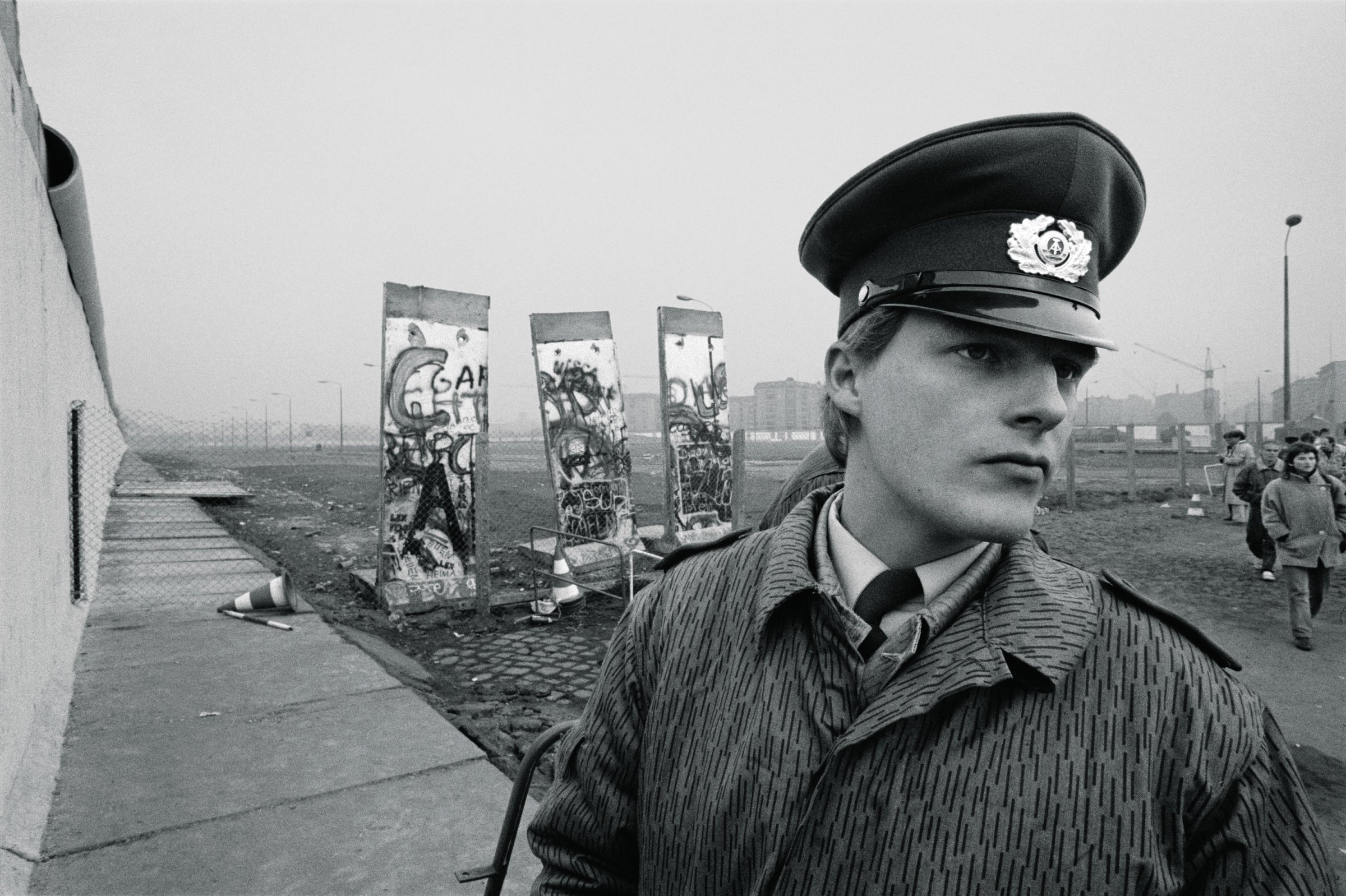
The Berlin Wall was that rare thing—an ideological divide cast in stone and metal. During the decades of the Cold War, the communist world was kept sealed off through laws and armies, mines and checkpoints, ideology and oppression. But it was in Berlin where that division was visible, in the 156-km-long array of guard towers, ditches, floodlights and concrete barriers that cut through the heart of the city. The East German government that built the wall called it the Antifaschistischer Schutzwall, or the Antifascist Protection Rampart, for it claimed that the structure was made to defend the country’s citizens from the predations of the capitalist West. But that was a lie as transparent as the wall was opaque—it was built to keep the people of the East in their prison.
So while the Eastern bloc had already begun collapsing by the spring of 1989, it makes sense to mark Nov. 9, 1989, as the end of the Cold War. That was the day when crowds of East Germans demanded entrance through the wall. The overwhelmed East German border guards were left confused, unwilling to use lethal force but unclear about what to do next. Finally, at 10:45 p.m. that night, Harald Jäger, the commander of the Bornholmer Strasse border crossing, gave the order. The crowds surged through Potsdamer Platz to the West. In the days and weeks that followed, people took sledgehammers to the wall, breaking it into pieces of history that would find their way around the world. But that was after the fact—the wall had fallen before the first hammer had touched it.
In these images, the German photographer Kai Wiedenhöfer documents the thrilling days that followed the collapse of the wall a quarter-century ago, when Berlin was made whole again. In black and white, he shows crowds surging west, overcome with bliss, while a very young East German guard in uniform is left behind, watching his world walk away.
In a year that has sometimes felt like an unending chronicle of horror, the 25th anniversary of the fall of the Berlin Wall is a reminder that history is also capable of producing unexpected joy. Wiedenhöfer’s color pictures show the wall as memorial, as graffitied relics and as a tourist attraction in the heart of a peaceful city that is sundered no more. The wall is no longer what it was for all those years: a barrier.
More Must-Reads from TIME
- Donald Trump Is TIME's 2024 Person of the Year
- Why We Chose Trump as Person of the Year
- Is Intermittent Fasting Good or Bad for You?
- The 100 Must-Read Books of 2024
- The 20 Best Christmas TV Episodes
- Column: If Optimism Feels Ridiculous Now, Try Hope
- The Future of Climate Action Is Trade Policy
- Merle Bombardieri Is Helping People Make the Baby Decision
Contact us at letters@time.com